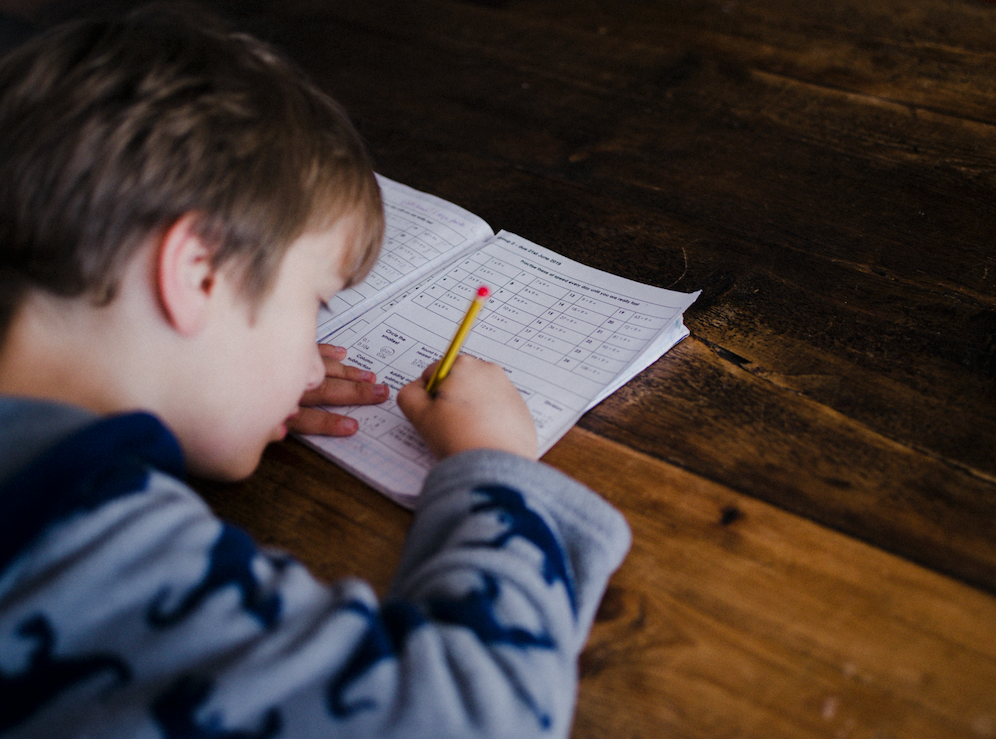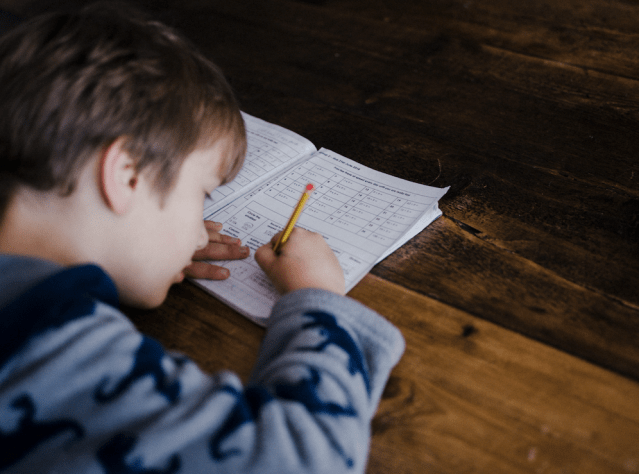
As the bow wave of Coronavirus (COVID-19) school closures continues to sweep across the country, millions of parents are coming to grips with a frightening new reality: How do they fill the void of a child at home and prevent “academic slide?”
For most parents, this new challenge is both daunting and bewildering. They’re worried their child will lose momentum in school and want to keep them engaged but the virtual education industry has an overwhelming online bazaar of videos, content, tutors, tests, and noise to sift and sort. Lesson plans come in all shapes and sizes. So, where to start?
I’ve been working on the front lines of virtual homeschooling for many years, from early childhood lesson planning to preparing high schoolers for college exams to most recently helping design Varsity Tutors’ new Virtual School Day—a free remote learning program that includes live, online classes and educational resources intended to help keep students from sliding academically. The good news is you can do this, it just takes some planning and patience. Here are some tips on how to successfully lean into your child’s new homeschool reality:
- Using templates or one-size-fits-all online programs are of limited value, and will likely leave you and your child frustrated. And avoid random lessons cobbled together. Focus on building a structure or a virtual school day that replicates your student’s everyday schedule. If they have math first thing in the morning, do the same at home. Kids are creatures of habit—use this to your advantage. They will adjust quicker to being homeschooled by not also taking on a new school day routine.
- Virtual homeschooling also provides the freedom to tailor your child’s online education day to his or her likes, dislikes, learning style, and needs. Two virtual structures that are used today include the traditional approach, where a student follows a structured, school-like curriculum created by his or her parent, and the unschooling approach, where students choose what and when they would like to learn. Many families also adopt techniques in-between these two approaches. But the goal is to settle on a structure that works for your child and their schedule and stick with it.
- Once you are up and running, it’s critical to use assessments along the way. These checks ensure your child is mastering the lessons and knowledge, but more importantly, they are your peace of mind. Without assessments, you won’t know if there has been any slide or what steps to take to shore up problem areas.
- Be observant of your child’s progress and attitude. If something isn’t working, re-evaluate it, and try different curricula or educational philosophies. Virtual homeschooling can be very effective due to its flexibility and its ability to accommodate the needs of your child, your values, and your lifestyle.
Finally, unless you are a trained educator, set reasonable expectations for you and your child during this temporary school closure time. Getting into an Ivy League school will most likely not depend on completing a difficult online math problem. All indications are the COVID-19 crisis is a moment in time and will recede at some point.
For most parents, reasonable success is keeping your child engaged in learning, preventing academic slide, and using quality virtual learning to fill the void of downtime instead of video games and iPhones. Schools will reopen and your child’s educational world will return to normal—and so will your sanity.
It can take time for your family to adjust to homeschooling. It will also take time for you, the parent, to acclimate to being a teacher. Patience is essential but also be realistic.











